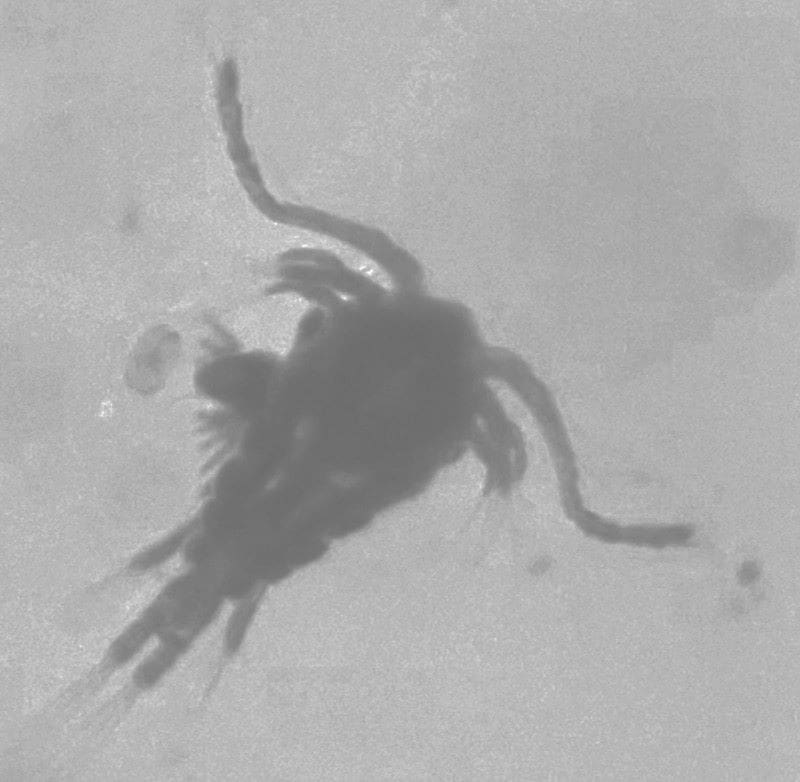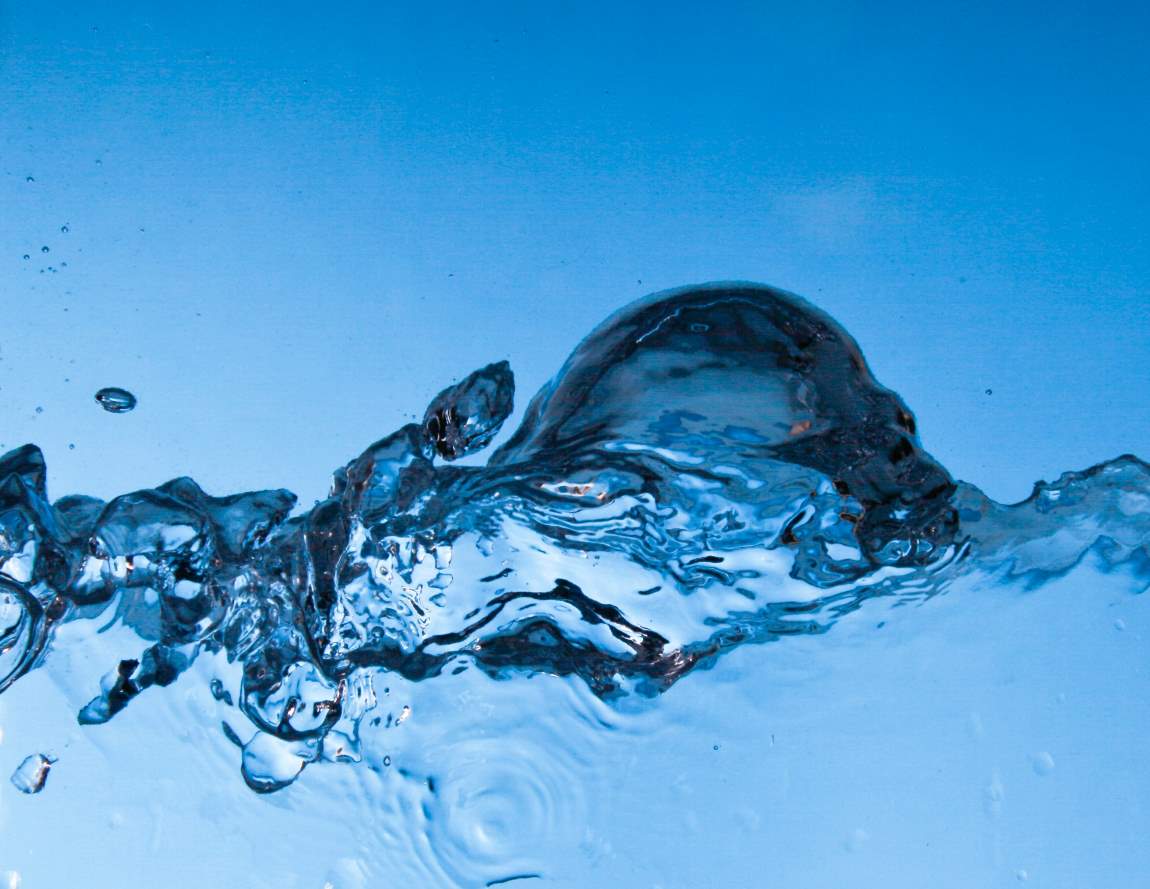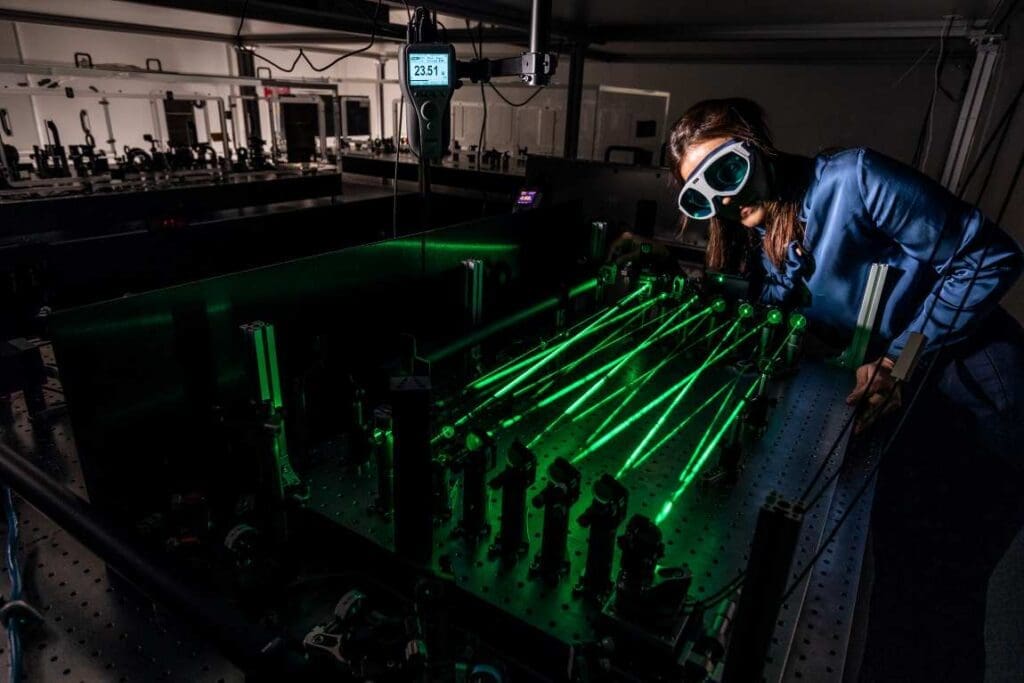Researchers from the University of Texas at El Paso (UTEP) and Stanford University have uncovered new insights into the role of zooplankton in water remediation.

Their study, recently published in mSphere, reveals that these tiny aquatic animals, despite being known to graze on bacteria, do not effectively clean water contaminated with fecal microorganisms. The findings highlight the limitations of zooplankton in treating water polluted by sewage, posing potential risks to human health.
According to a 2017 U.S. water quality inventory, over half of the nation’s rivers, bays, and estuaries are unsafe for at least one use due to contamination, including from fecal matter. As UTEP civil engineering professor Lauren Kennedy, Ph.D., explained, untreated sewage entering bodies of water can lead to serious health risks.
“When sewage is released into clean bodies of water and humans are exposed to it, it can lead to illness,” she said. The research aims to investigate how long it takes for water to naturally become safe again for human activity without external intervention.
Kennedy and her team hypothesized that zooplankton, which are naturally present in both freshwater and saltwater, might contribute to cleaning fecal-contaminated water by grazing on harmful microorganisms. To test this, the researchers used water samples from the San Francisco Bay area. They added the MS2 virus and the bacterium E. coli – both of which are common in sewage – to the water to simulate contamination. These microorganisms are often used as indicators of fecal pollution due to their prevalence in sewage systems.
The results of the experiment were unexpected. While large particles, including zooplankton, were present in the water samples, they did not significantly reduce the presence of the added pathogens. In contrast, smaller particles, such as dissolved salt, appeared to play a more crucial role in pathogen inactivation. Saltwater, especially from ocean environments like San Pedro Beach, showed higher rates of pathogen inactivation compared to freshwater.
Kennedy noted that this research opens up a new perspective on surface water remediation efforts, particularly in environments with varying salinity levels. “I am proud that we were able to provide another perspective to consider for surface water remediation efforts,” she said.
The findings highlight a critical limitation in relying on zooplankton for natural water purification. Zooplankton’s inability to significantly impact the removal of fecal contamination raises questions about their role in wastewater treatment and the need for other remediation methods.
Carlos Ferregut, Ph.D., chair of UTEP’s Department of Civil Engineering, expressed pride in the work of Kennedy’s team. “The research by Dr. Kennedy and her team provides valuable insights into the challenges of pathogen inactivation, especially in areas where wastewater can compromise human health.”
Zooplankton, often considered natural cleaners of aquatic ecosystems, may have a limited role in managing contamination from fecal microorganisms, underscoring the need for improved wastewater management systems. While the study opens new avenues for understanding how natural processes work in contaminated environments, it also emphasizes that relying solely on nature’s cleaners might not be enough when it comes to ensuring safe, clean water.
Journal Reference:
Kennedy LC, Mattis AM, Boehm AB, ‘You can bring plankton to fecal indicator organisms, but you cannot make the plankton graze: particle contribution to E. coli and MS2 inactivation in surface waters’, mSphere 0:e00656-24 (2024). DOI: 10.1128/msphere.00656-24
Article Source:
Press Release/Material by University of Texas at El Paso (UTEP)
Featured image credit: Daniele Levis Pelusi | Unsplash




